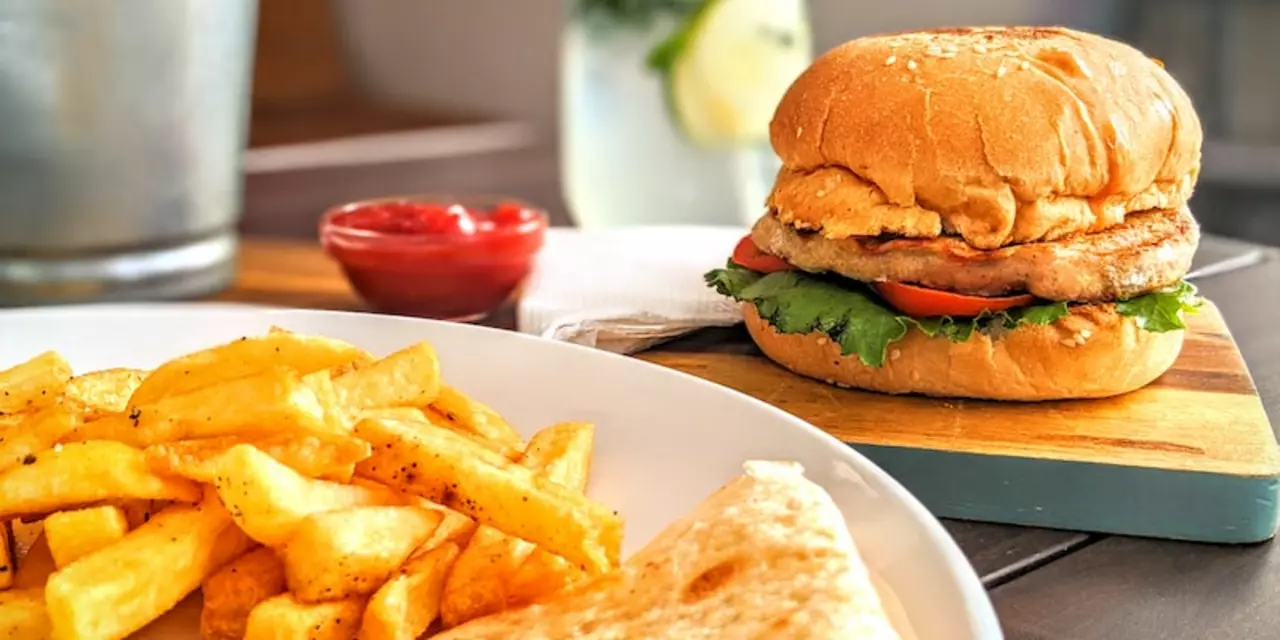Expiration Date Guide: How to Read, Extend, and Stay Safe
Ever stared at a product’s date and wondered if it’s still good? You’re not alone. Expiration dates can be confusing, but getting the basics right can save money, reduce waste, and keep you healthy.
Understanding Expiration Dates
First off, not every date label means “throw it away”. There are three common types: "Best Before", "Use By", and "Sell By". "Best Before" talks about quality – the food might still be safe after that day, just not at its peak flavor. "Use By" is a safety warning for perishable items like meat, dairy, and ready‑to‑eat meals. If you see a "Sell By" date, it’s mainly for retailers to manage inventory, not a consumer safety cue.
Knowing the difference helps you decide when to toss and when to give a second look. For example, a jar of pasta sauce past its "Best Before" might still taste fine after a quick smell test, while expired chicken past a "Use By" could pose a health risk.
Tips to Extend Shelf Life
Want your snacks to stay crunchy longer? Temperature, moisture, and air are the biggest enemies. Store dry goods in airtight containers, keep them in a cool, dark pantry, and avoid the fridge unless the label says otherwise.
For fried snacks, the trick is two‑fold: fry at the right temperature (around 350°F/175°C) and use fresh oil. After frying, let them cool completely before sealing them in a resealable bag with a paper towel to absorb excess grease. Adding a pinch of salt or a natural antioxidant like vitamin C powder can also slow oxidation.
Refrigeration works wonders for dairy, eggs, and fresh produce, but remember to keep fruits that release ethylene (like apples) away from veggies to prevent premature spoilage. If you buy bulk items, portion them out and freeze what you won’t use within a week.
Another easy hack: label everything with the date you opened it. A simple pen‑on‑tape system lets you track how long a jar has been in your cabinet, so you don’t gamble on freshness.
When it comes to canned goods, inspect the can for dents, bulges, or rust before storing. A compromised can can let bacteria in, making the "Best Before" date irrelevant.
Don’t forget about your pantry’s humidity. If you live in a humid climate, consider using silica gel packets or a small dehumidifier to keep moisture out of the storage area. This is especially helpful for crackers, nuts, and dried fruits.
Finally, trust your senses. If anything looks, smells, or tastes off, it’s better to discard it. A sour smell on dairy or a strange texture on baked goods usually means it’s time to say goodbye.
Following these steps turns expiration dates from a source of anxiety into a helpful guide. You’ll waste less, save money, and keep your meals safe and tasty.
Got a specific food item you’re unsure about? Drop a comment, and we’ll walk through it together. The more you know, the less you’ll throw away.
How can I extend the shelf life of fried snacks?
Fried snacks are a tasty, crunchy treat, but they don't stay fresh for long. To increase the shelf life of fried snacks, it is important to store them in airtight containers, away from heat and humidity. In addition, it is important to monitor the temperature and humidity of the storage area to ensure that the snacks do not spoil. Finally, it is important to monitor the expiration dates of the snacks and discard them if they have passed their expiration date. By following these simple steps, you can extend the shelf life of your delicious fried snacks.
